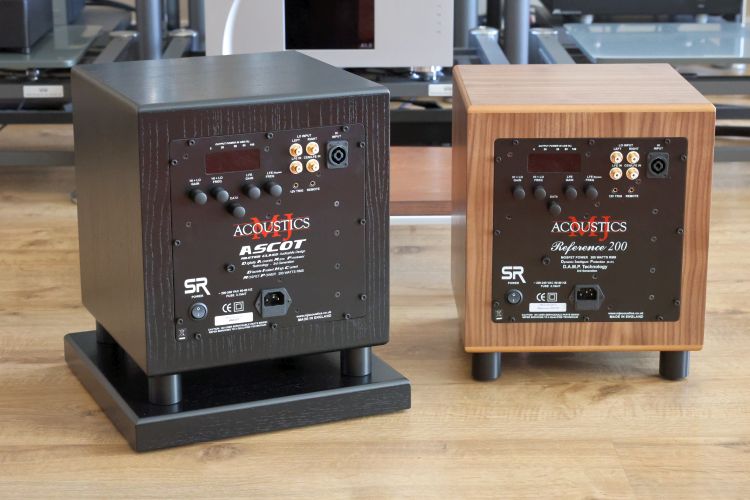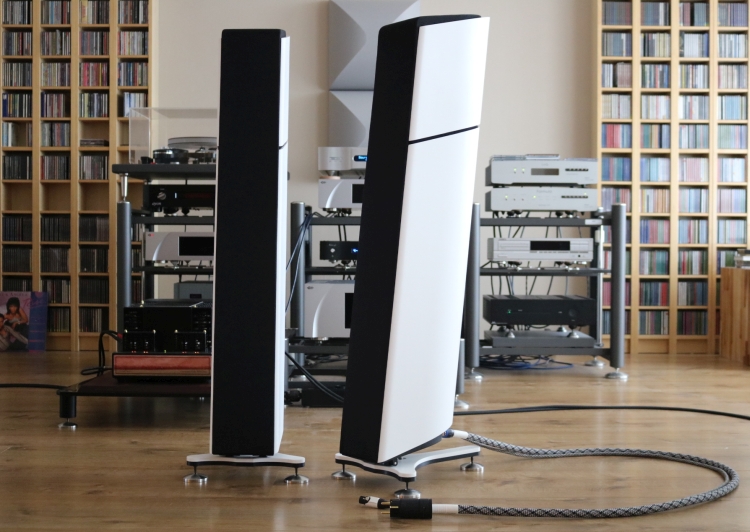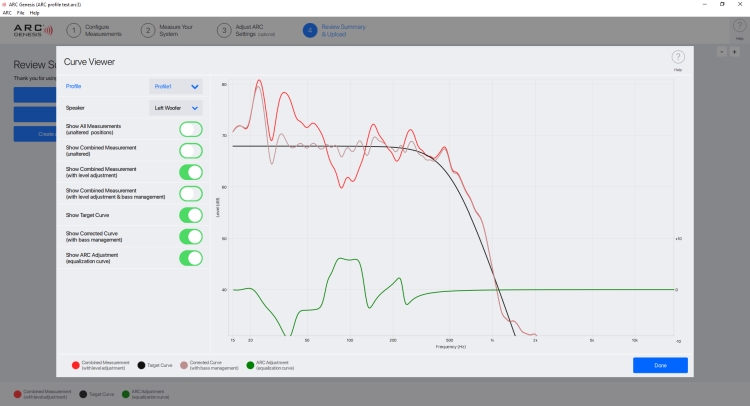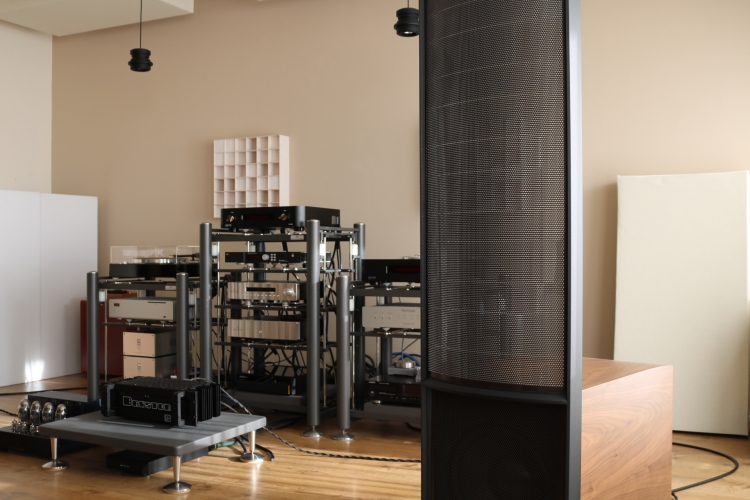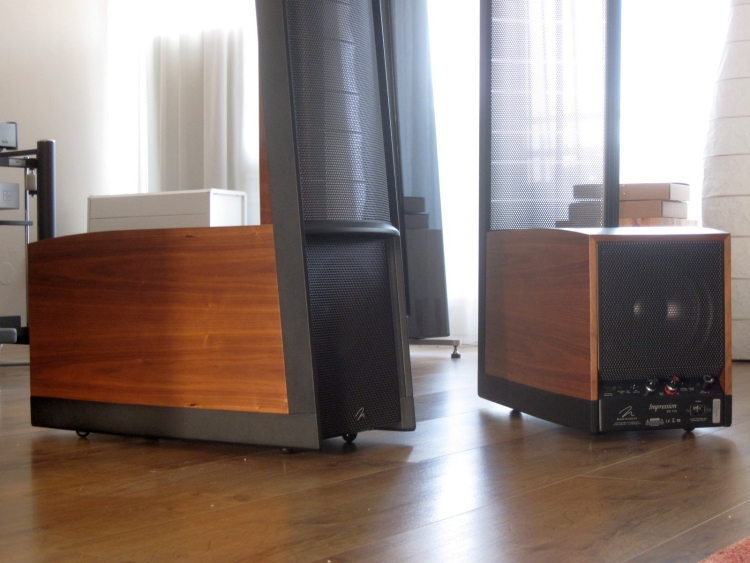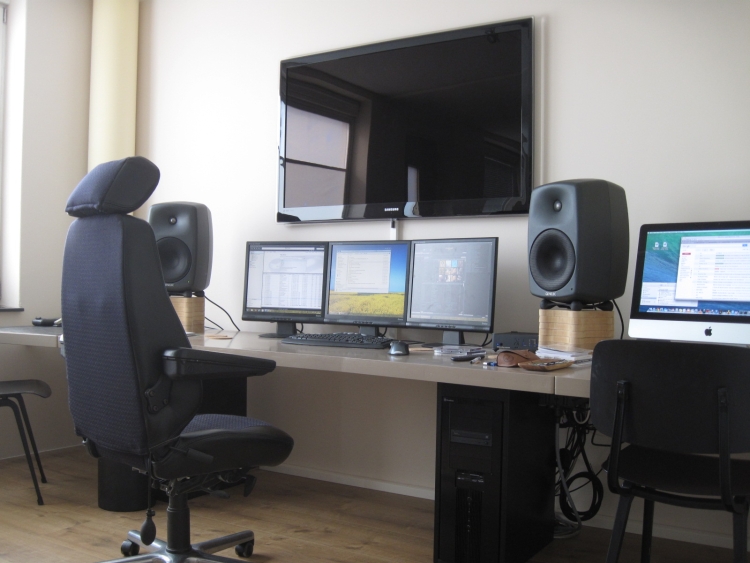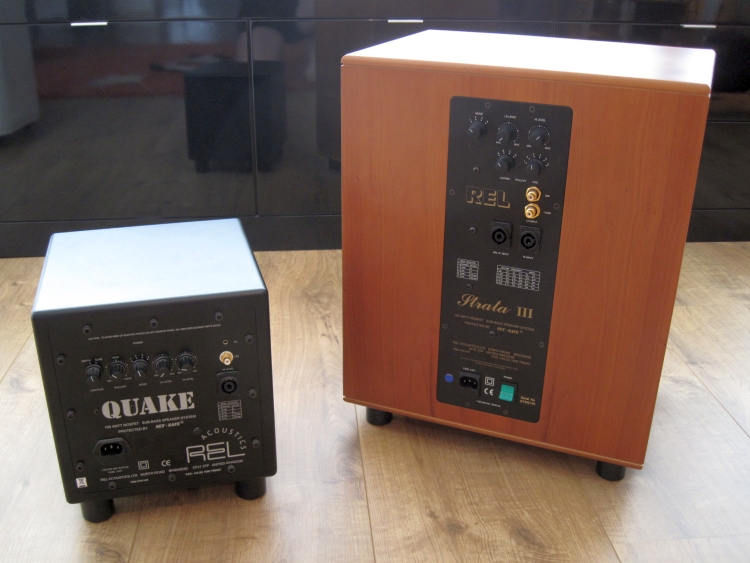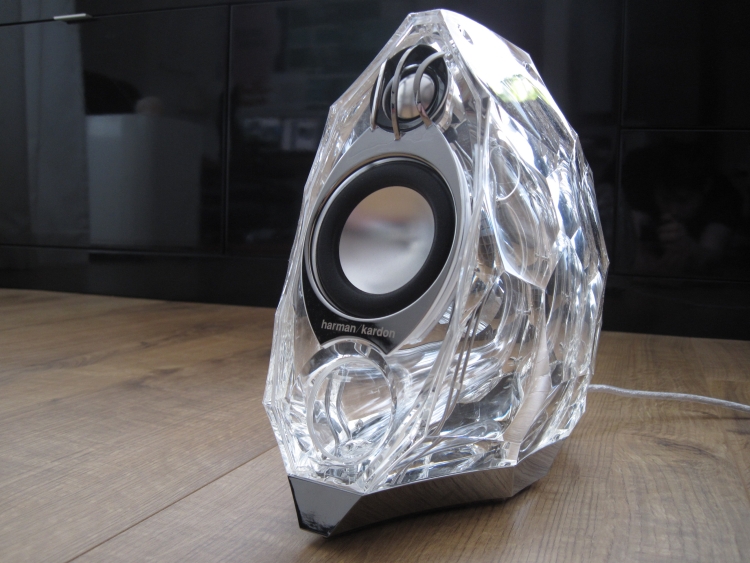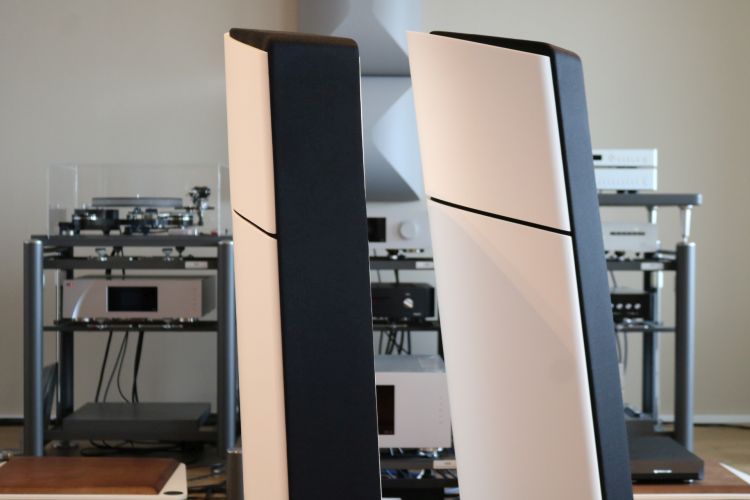
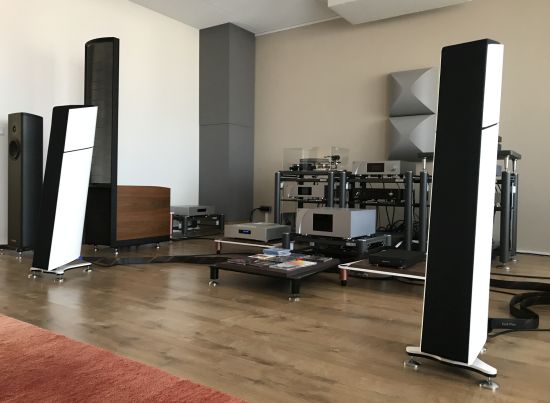
Ok, so the bass is superb, I think I’ve got that covered. What about the treble? I’m glad you asked because that is yet another aspect of the Stilla’s performance that rather surprised me. Coming from a long history of Ribbon Tweeters, Electrostatics and arguably some of the best dynamic tweeters there are, I’m not easily impressed with most tweeters’ performance. The Magico S1 MkII’s diamond/beryllium tweeter, in particular, is one of the very best I heard. Comparatively, when coming from the Magico’s, the Stilla’s treble response seems slightly lower in resolution and slightly less airy. But they are absolutely not dark at all, actually very pleasantly open, and in every other aspect, I was surprised to find that there is simply nothing to criticize about the Stilla’s treble section. Honestly, going from the Magico to the Stillas’s, superficially rather “normal”, soft dome tweeter, I expected to have to go through a transitional period during which I had to get used to the new treble performance. But that’s not at all what happened. The sound agreed with me from the very first minute. I just can’t say that the tweeter has any sort of identifiable character. It just doesn’t stand out at all and that’s actually a lot more important to me than ultimate resolution or refinement. The Stilla’s treble is highly articulate, fast and precise, yet forgiving and with absolutely no edge or sharpness.
But is the Magico tweeter really airier or is this an unnatural shine that is not supposed to be there? Is it even desired? While this may be a matter of taste, I can add that I found the Magico treble to provide the seamless transition for me from the Apogee and Magnepan ribbons to dynamic tweeters. The Wilson Watt/Puppy system 8 also had even more of a spark in the upper treble that could be nice at times but could often also be a little too much, too pinching, especially at high volume levels. This, I’m quite sure, was the breakup frequency that was causing havoc and which may be more, or less, audible to people after a certain age. When comparing the Magicos to the Martin Logans, though, I again also hear a similarly “airy” and refined treble. But whether the extra air is desirable? During my time with the Stillas, I have come to doubt this.
While bass performance is one of the most important aspects for me and the treble quality comes in as a close second, no speaker is worth much if it doesn’t convey the musical message. But that, the Stillas do with verve!
Musicality is a meaningless word when describing how a piece of audio equipment sounds but when it’s missing, you’ll instantly know it. It’s what happens with some ultra-high-end equipment and often with super-advanced, ultra-revealing loudspeakers. With the Stillas, however, you never have the impression of listening to a high-tech product. These speakers have no cabinet coloration that I can detect and they are very neutral and seriously revealing, but somehow, they don’t deliver anything but foot-tapping, emotion-provoking, highly communicative, thrilling, pure and natural music. Wood instruments really sound wooden while vocals sound highly realistic.
This has a lot to do with the open, expressive, dynamic and natural mid-band performance but I’m sure it’s just as much the result of the elaborate cabinet, its internal construction and the thoughtfully assembled crossovers.
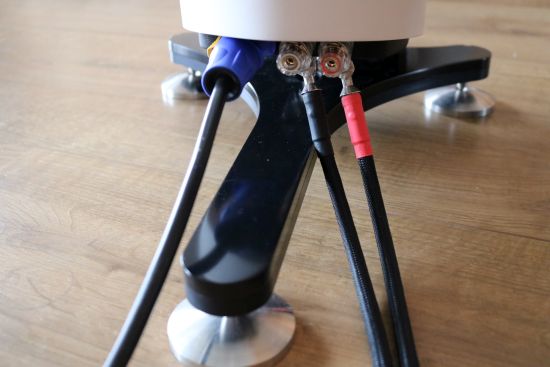
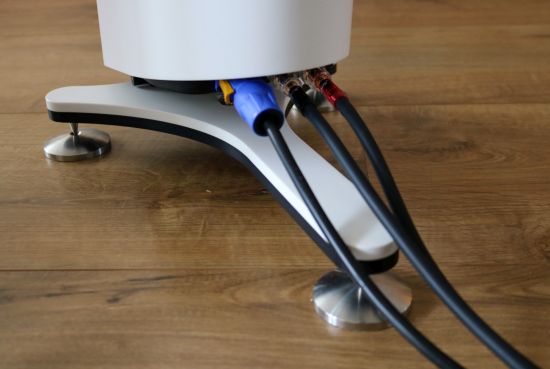
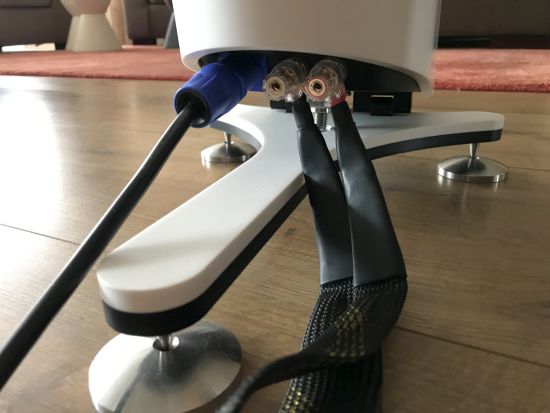
Cables
The Stillas are not fussy when it comes to cables. I obtained the best results using the Jorma Trinity speaker cables but the speakers also worked remarkably well using the FoilFlex cables, yielding a slightly tighter and airier but similarly transparent sound. The FoilFlex cables are extremely revealing and can sound a little thin in the lower midrange when combined with certain components or speakers. But that is no issue with the naturally organic and full-bodied Stillas, especially not when you adjust their toe-in somewhat.
A different perspective was offered by the Driade Flow 405 speaker cables which will find favor with those who prefer the sound to be a little bit sweeter and rounder. The Driades also excelled at representing music as an organic whole without highlighting any single area.
Going back
The biggest surprise came when I moved the Magicos back into position. As I prepared to be rewarded with super-high-res sound and utter transparency, all I noted was a slightly tighter bass and slightly more coherent sound. Were they more revealing? Not really. More linear, more transparent? Only a little, honestly, and just a little bit more refined. Of course, the lowest octaves were missing in the bass but what struck me much more was how much dynamic liveliness and soundstage size and -depth was missing. I never noticed this but, comparatively, the Magicos do not image very deeply. Also, they are comparatively dynamically a little more restrained. This probably has a lot to do with the differences in efficiency and crossover implementation.
Moreover, remember the airier and more refined treble that I mentioned earlier? Well, after having lived with the Stillas for several weeks, I now perceive the extra air as a “hifi” aspect that is added on top while the extra resolution is very nice but does nothing for the musicality. Rather than experiencing joy for returning to my preferred speakers after having heard overly colored or uneven sounding other speakers, the overwhelming feeling this time was of a very neutral, technically perfect, but also more technical and more restrained sound. So what if the Magicos have an overall slightly higher resolution, are more linear, or a little bit more revealing. With their more business-like presentation the feeling of listening to an actual “live” performance was much reduced and, as a consequence, my engagement considerably diminished. And besides, the Magico’s ultra-revealing nature also unveils graininess, dryness or hardness in the source while the Stillas pretty much always sound friendly.
But especially when going back to the Logans, no matter how great the bass or how transparent everything from the lower midrange and up, I was unpleasantly surprised. The image focus, the solidity and palpability of the midrange, the depth of the soundstage, and the overall sense of realism all took a serious beating. Yep, the Stilla will absolutely spoil you in these areas.
Amplifiers
With a 90dB sensitivity and a flat 8-ohm impedance curve, the Stillas are very easy to drive. They place no demands on the amplifier other than that it should be of high quality. The highly cost-efficient NuPrime ST-10, for instance, also worked remarkably well with these speakers. You are never fooled that it offers the same amount of transparency or nuance as the CH A1.5 but the result is every bit as musically engaging. And although the ST-10 is not exactly known for being refined, the Stillas simply make it work beautifully, ever so gently smoothing the ST-10’s rough edges to make it sound better than it actually is.
Also, as the experiment in the secondary listening room showed, the Stillas also work very well when driven by a tube amplifier.
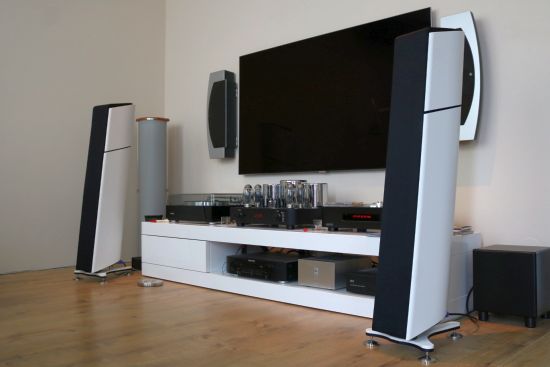
A Challenging Room
I also listened to the Stillas in my rather unevenly-shaped secondary listening room. Surprisingly, although I normally use tiny monitors and in spite of being floor standers, the Stillas did not at all look large. Actually, they fit right in and looked rather smart!
This system consists of an Ayon CD10 II CD player / DAC with an Ayon Spirit III KT150 push-pull tube amplifier, normally with Xavian La Perla Esclusiva loudspeakers, connected with Driade Flow 405 speaker cable.
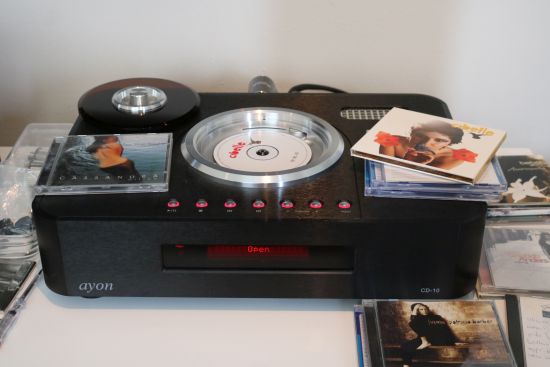
With the left speaker walled in on two sides and the right speaker standing pretty much entirely freely, this room is very far from being ideal. But as long as the left corner-induced room mode is not activated, the room actually sounds pretty decent and that means that small speakers usually work best. So, it doesn’t take much imagination to predict how the fully-full range Stillas would fare. Indeed, with the two controls in their neutral positions, there is an overwhelming amount of bass coming from the left corner. Its bass is of very good quality, not boomy or thumpy but still, a lot like having a subwoofer turned up too loudly. But this is where the ARPEC system comes to the rescue! Remember that I mentioned having independent controls is a benefit? Well, this is the perfect use case for that! With the left speaker’s wall boundary control dialed back to its lowest position I was surprised to find how well the speaker compensated for the wall influences. While I already experienced some of the system’s ingenuity in the main listening room, it was now absolutely obvious that the filter curves that activate are chosen very smartly. All it took now was a few notches off the Room Size control on both speakers to align the bass extension with the room gain to achieve a well-balanced bass without any peaks or suckouts, all the way to the lowest frequencies. The sound quality that was achieved with these simple two steps is staggering. It’s not merely good given the conditions, it’s absolutely great, period! Never before have I heard such deep-reaching and such linear and even-handed bass in this room. Along with great bass came excellent focus and a room-filling soundstage. Given the close proximity to the rear wall, the depth of imaging is never truly great in this room but even in this regard, the Stillas performed admirably.
